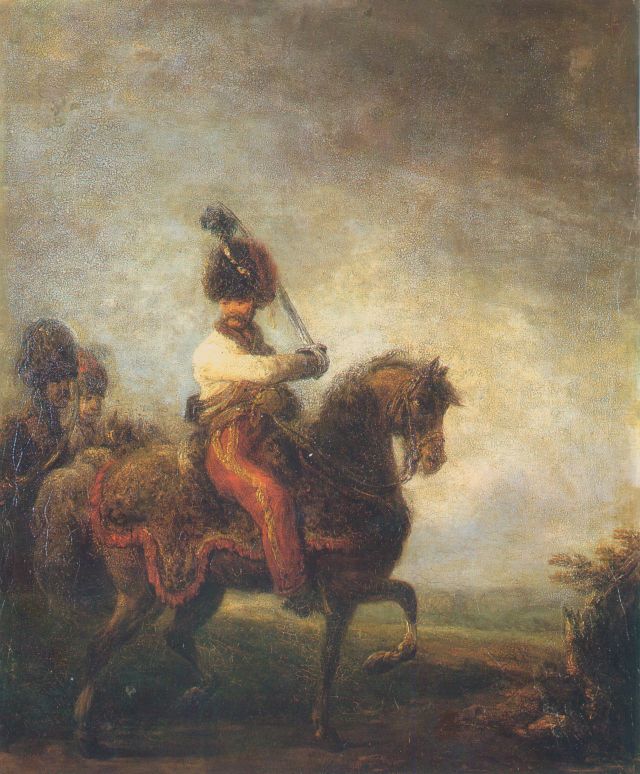Aleksander Orłowski (ur. 09.03.1777 Warsaw, zm. 13.03.1832 Petersburg).
As a child, he lived in Siedlce, where his parents ran a depot house. Izabela Czartoryska allegedly stayed in this inn, and probably thanks to her protection, the boy, who showed drawing skills, was sent to study in Norblin in Warsaw. He stayed in the artist's studio with breaks in the years 1793-1802 leaving her in search of adventures, a w 1794, to take part in the uprising.
Already in the early period of his artistic career, Orłowski dealt with drawing, oil painting, miniatures and graphics, which he deepened during part-time studies with the miniaturist Lesseur, the engraver Bartłomiej Folino and Bacciarelli.
Numerous works by Orłowski from 1794-1802 constituted a rich documentation of the Kościuszko epic and at the same time constitute the artist's patriotic declaration. He drew types of insurgents and battle scenes. He also took up battle-related themes that were not related to the uprising, too landscape and genre. In terms of technique, style and subject matter, Orłowski's works at that time indicate a significant influence of Norblin. Ok. 1799 he made drawings and caricatures for Prince Józef Poniatowski in the Pod Blachą Palace, he also worked for Helena Radziwiłł in Nieborów. W 1802 he left for permanent residence in St. Petersburg, from where he traveled in Russia. Shortly after his arrival, he was appointed court draftsman of W.. ks. Konstanty (he performed for him, among others. uniform designs), in whose residence in the Marble Palace he lived. He also worked for Tsar Alexander I.. W 1809, after the presentation of the St. Petersburg Academy of an oil painting Cossack campsite, received the title of academician. However, he did not establish closer contacts with the Academy community, which was rather unfavorable towards his work. On the other hand, he enjoyed great popularity in the circles of the progressive Russian intelligentsia. The poet A wrote about him with admiration. Wiazemski, Pushkin also mentions him in his poem Ruslan and Ludmila and in Traveling to Arzrum. At the same time, Orłowski maintained lively contacts with Poles living in St. Petersburg. He also met with Mickiewicz, who devoted several poems to him in »Pan Tadeusz?.
In the Russian period, Orłowski's work expanded? about new topics and techniques, especially lithography, which he has been cultivating since 1816 as the first artist in Russia. One of the artist's most favorite subjects is the rider on horseback, initially a romantic knight, followed by the types of Circassians, Kyrgyz, Bashkirs, etc., sometimes played against the background of a heroic landscape. In these compositions, he began to use oil and pastel more and more often.
Most of all, however, he was a cartoonist. More often than before, he devoted himself to caricature and portraits, he continued to practice battle? and generic. Until the end of his life, he also recreated scenes of the Kościuszko battles from memory, he drew types of insurgents and images of Kościuszko; designed a monument to Prince Józef, presenting him in Polish military clothes.
pastel, papier, 54 x 41,9 cm;
National Museum in Warsaw;
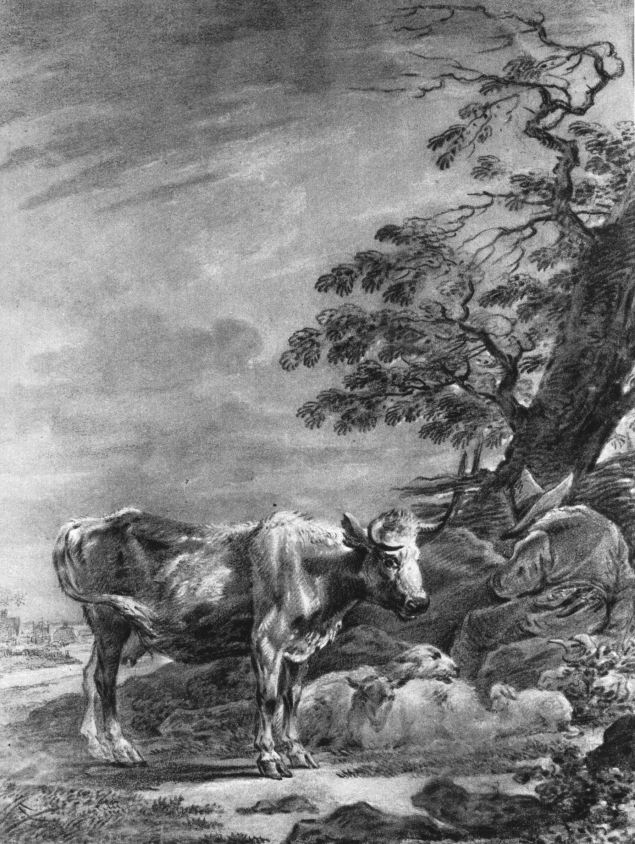
oil, canvas, 65 x 92 cm;
National Museum in Krakow;
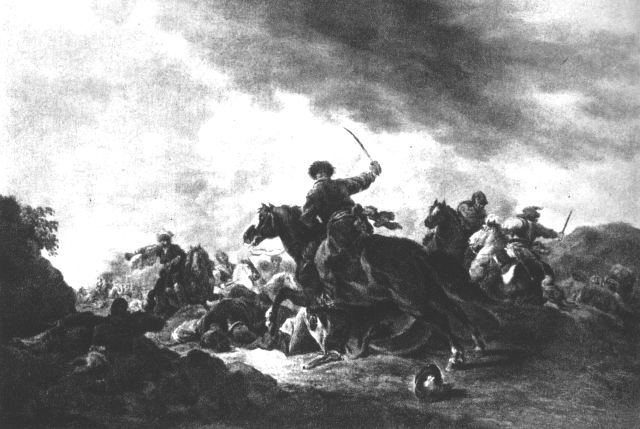
oil, sheet metal, 40,6 x 32,3 cm;
Amounts (Russia), Gosudarstwannyj Chudożestwiennyj Muzej;
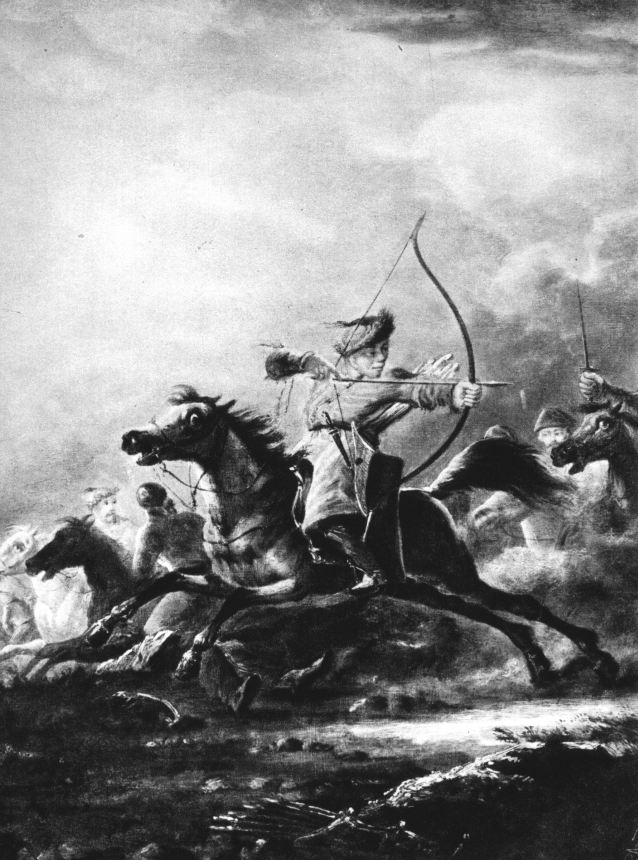
black crayon, they don't win, brown paper, 52 x 40 cm;
Krasnodar (Russia), Gosudarstwannyj Chudożestwiennyj Muzej im. A.W.Lunacharskogo;
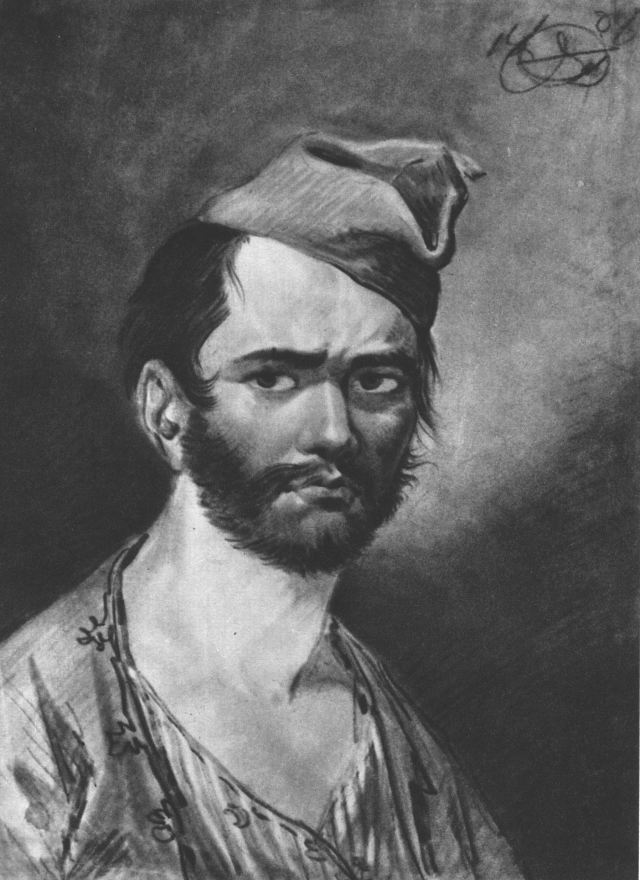
canvas oil, 64 x 53 cm;
Lviv Picture Gallery;
